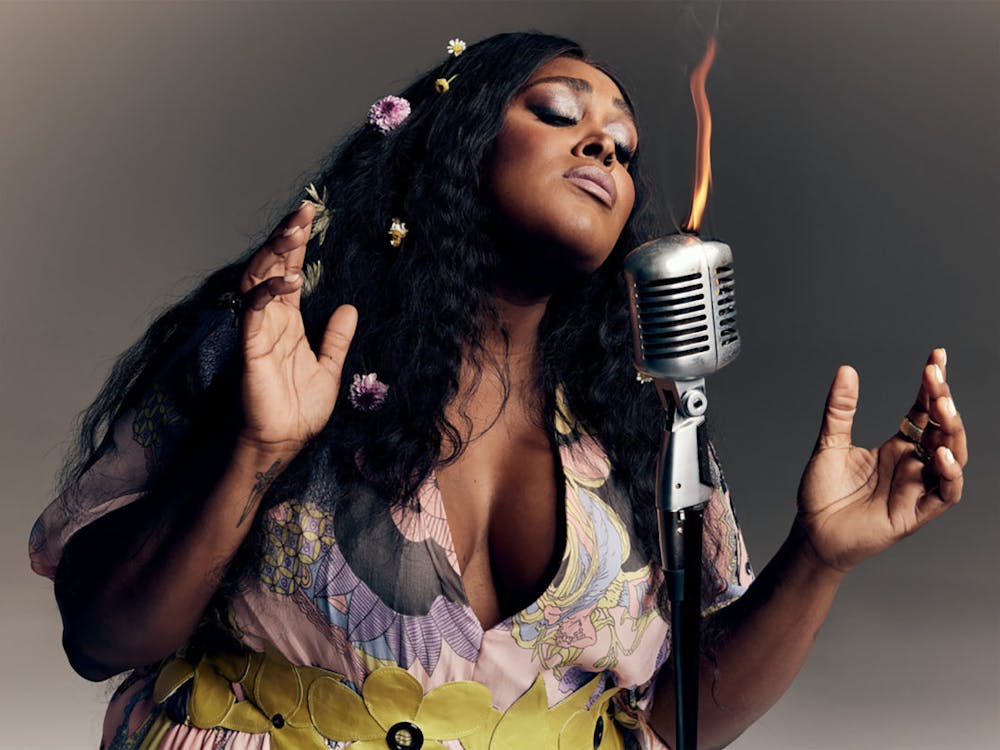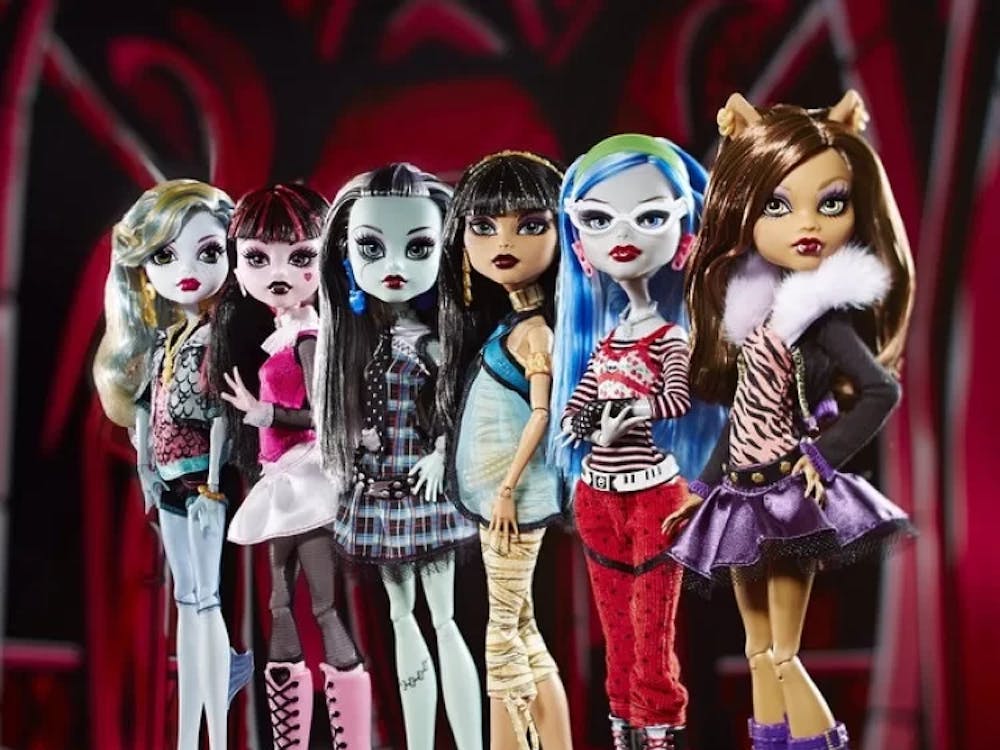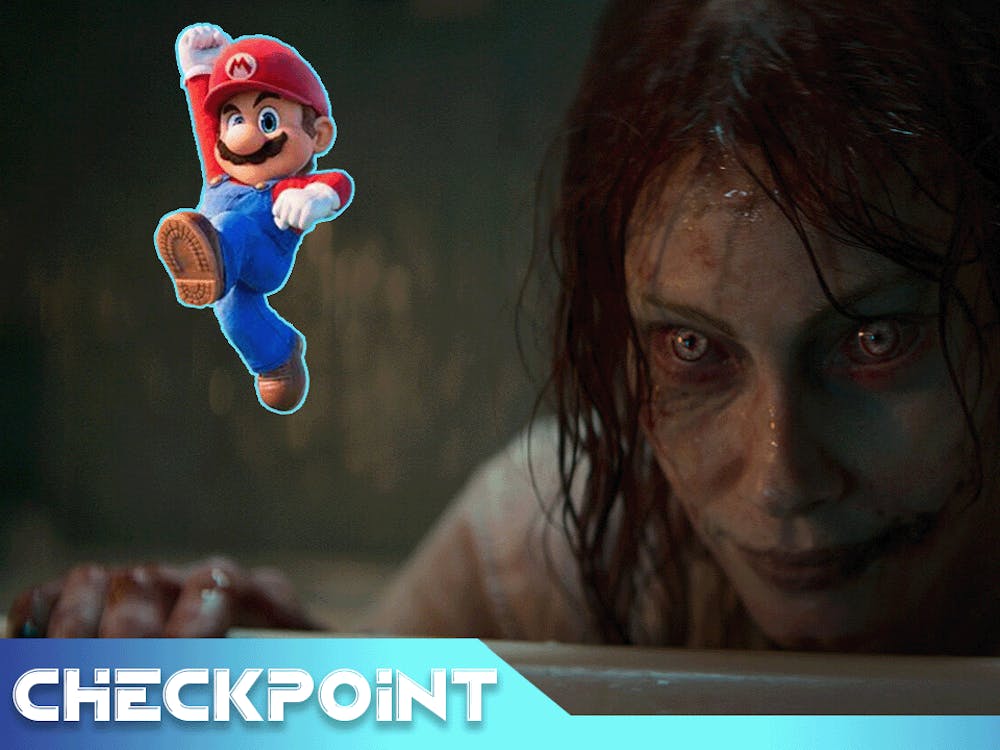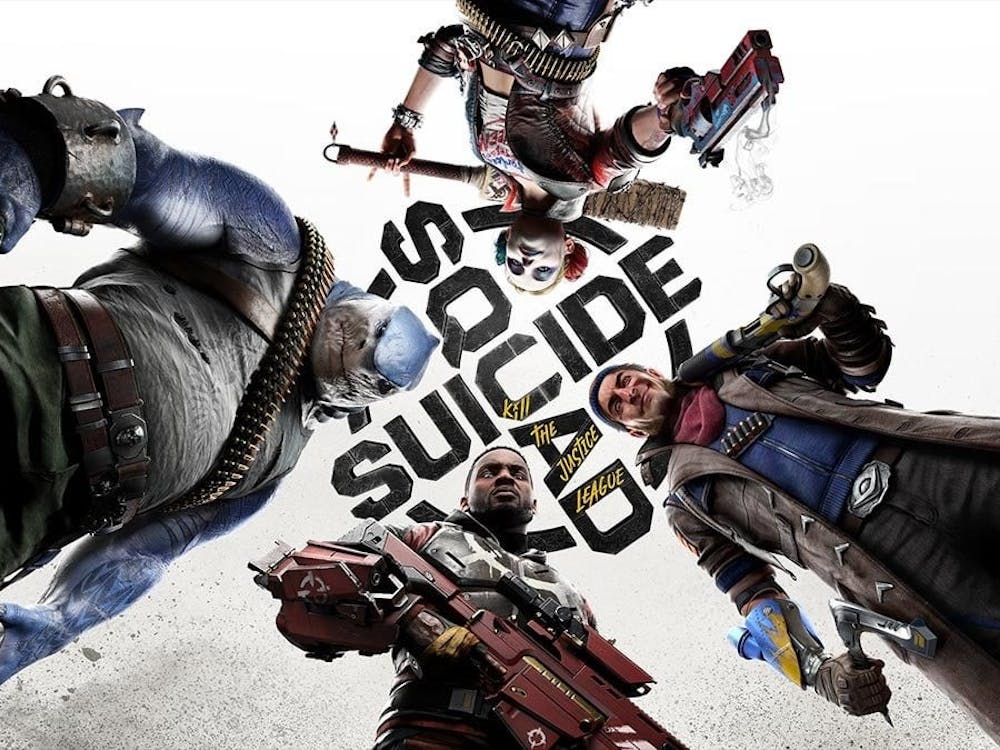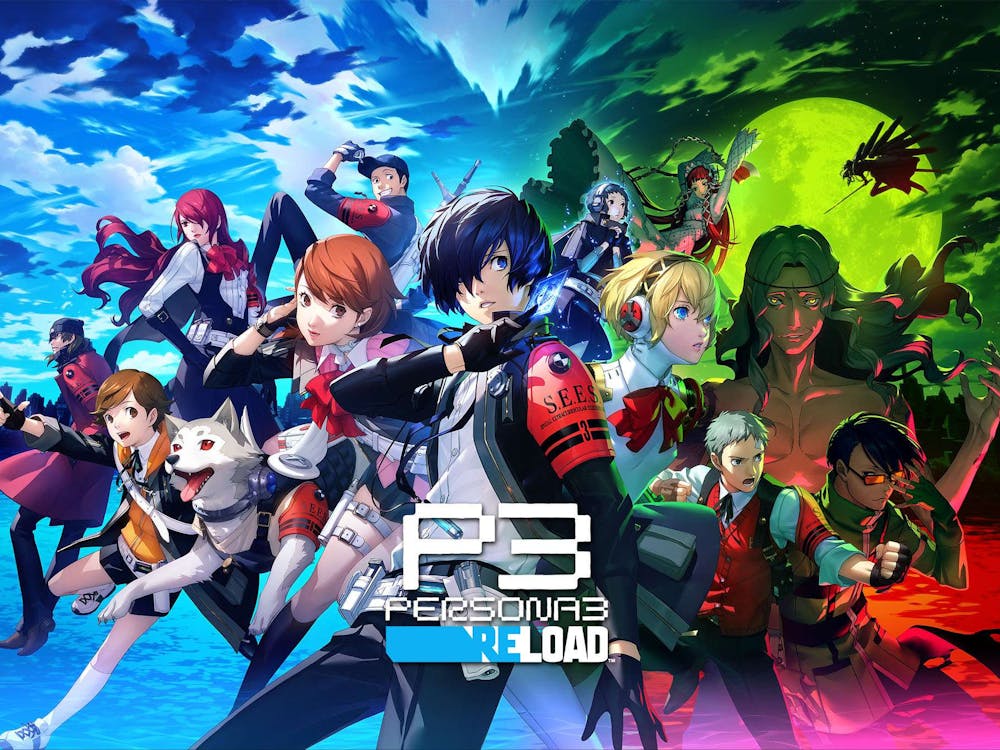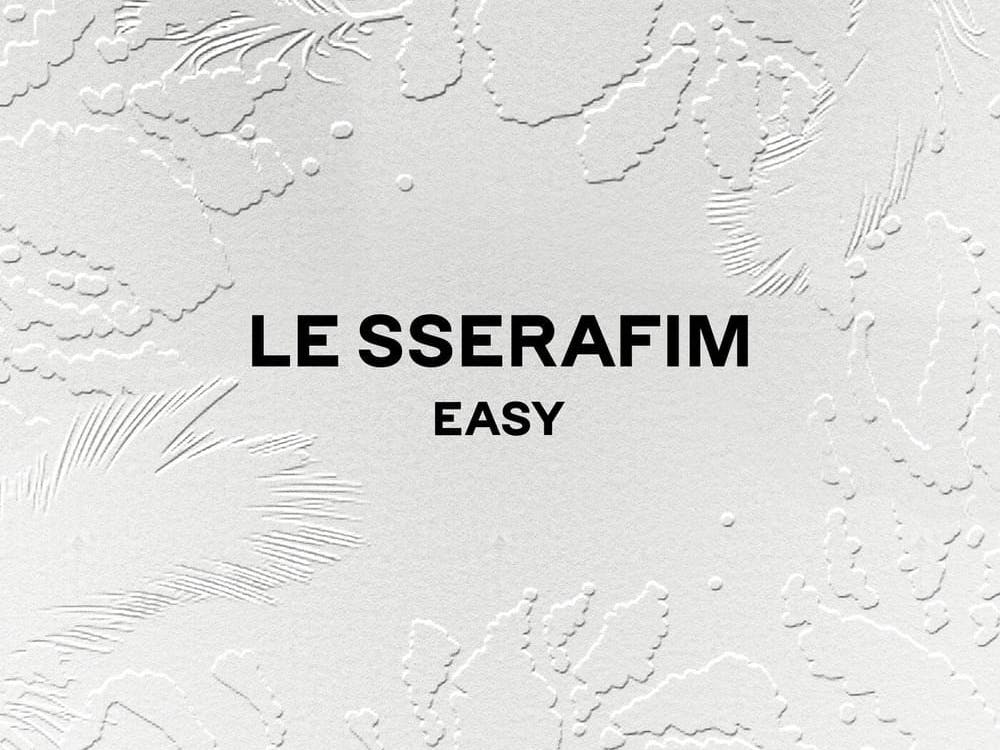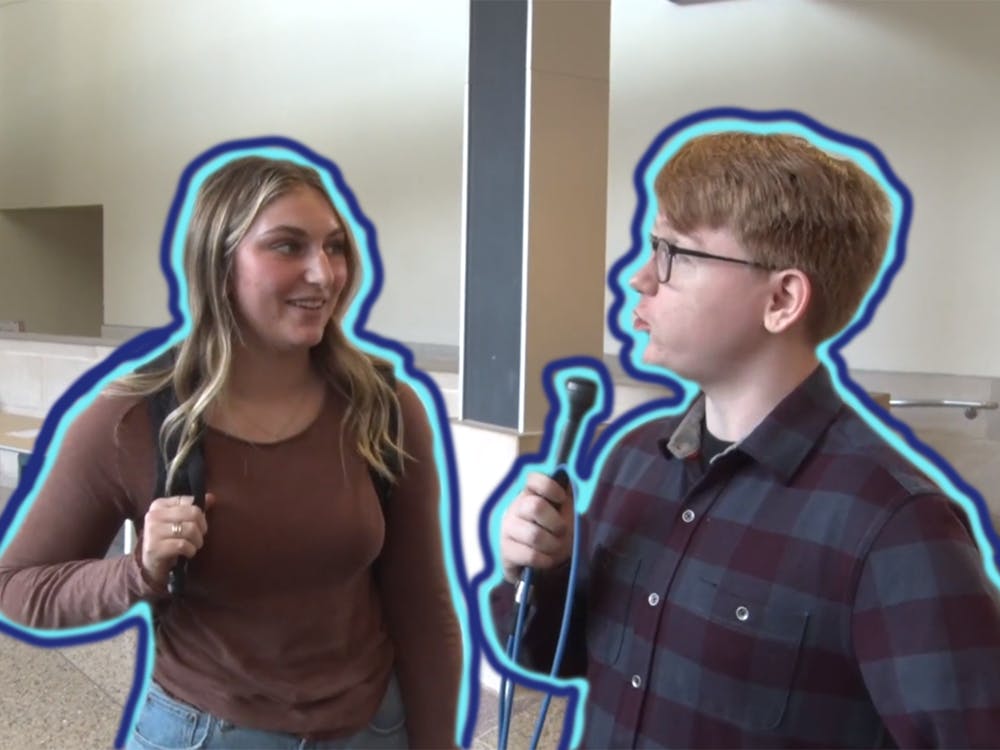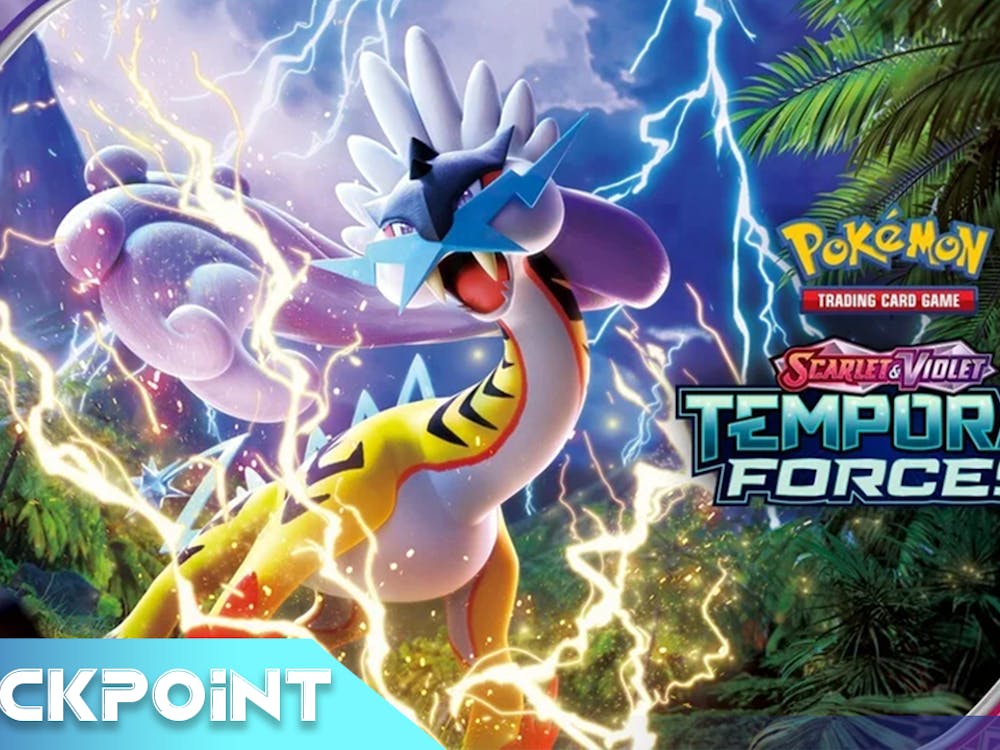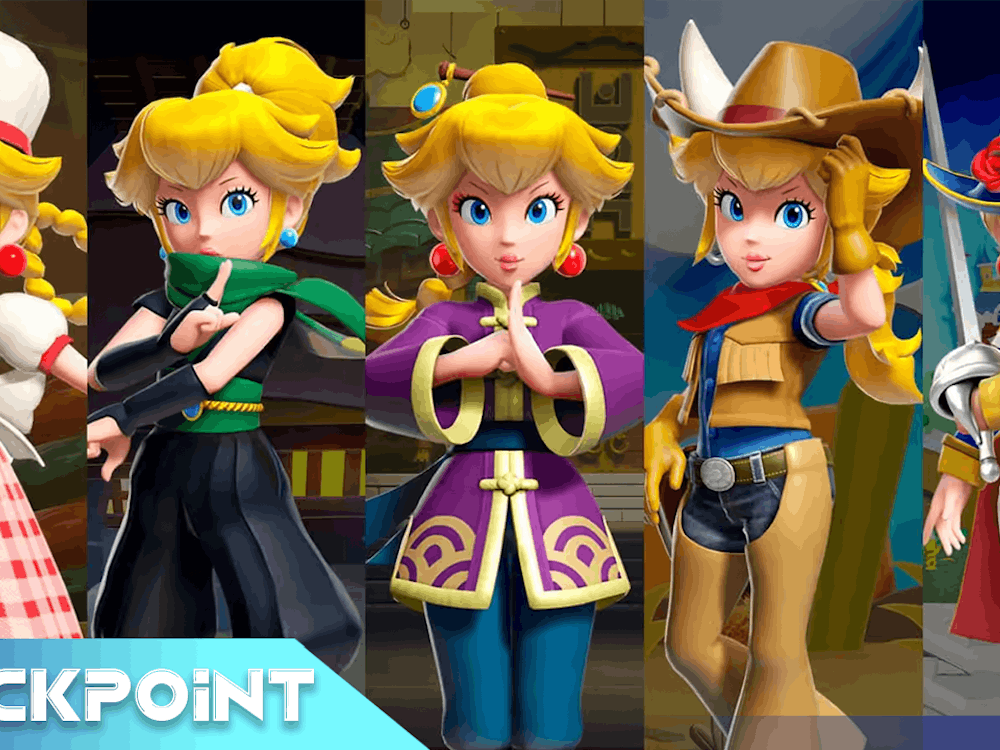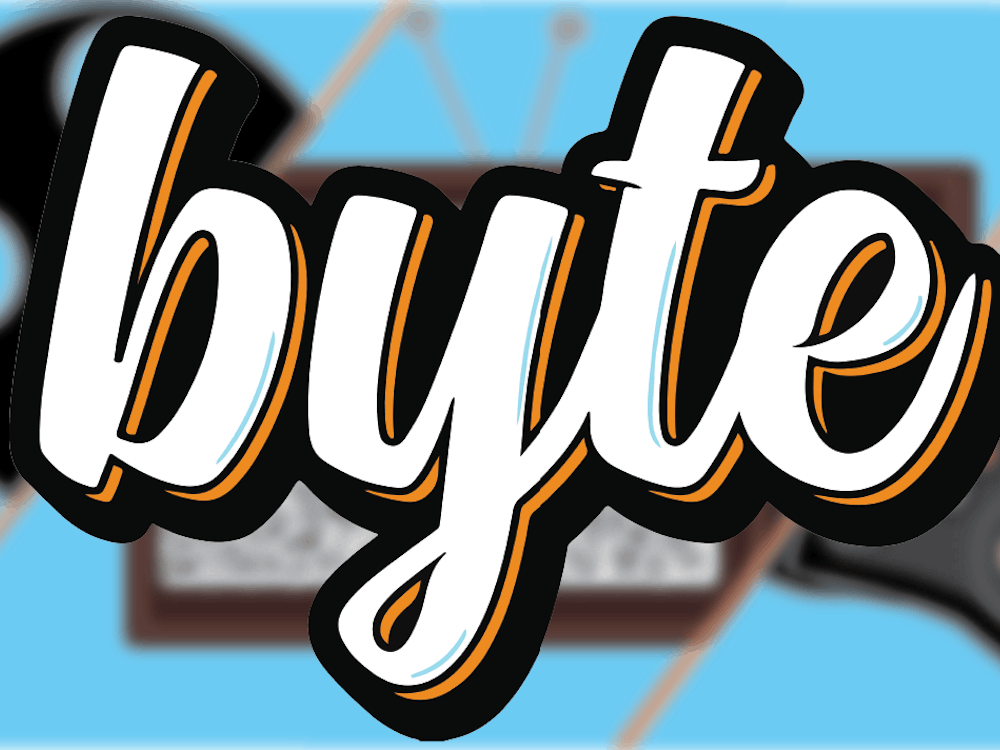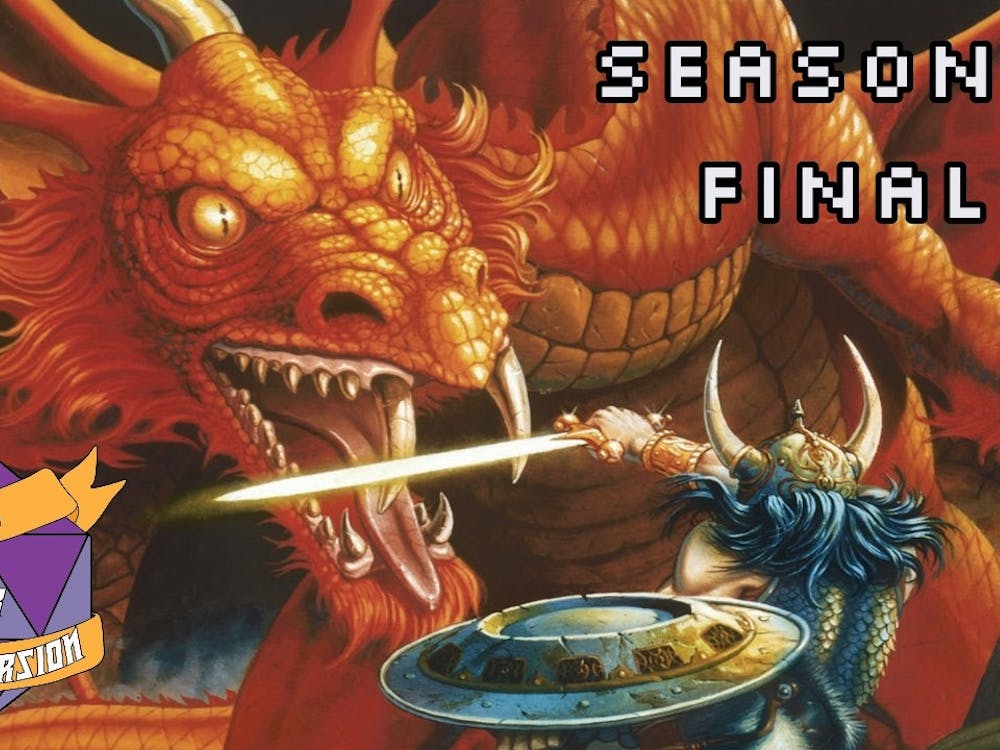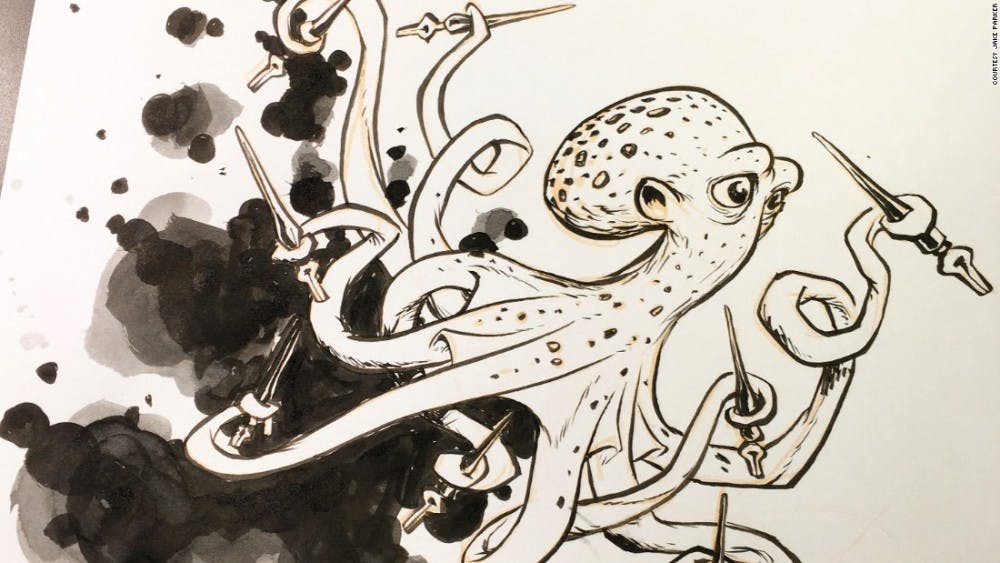October is typically characterized for all things Halloween: ghosts, pumpkins, witches, and all things spooky. For those immersed in the arts community, it’s a little different. For many artists, amatuers, and others October is Inktober, when doodlers of all sorts challenge themselves to produce a drawing once a day.
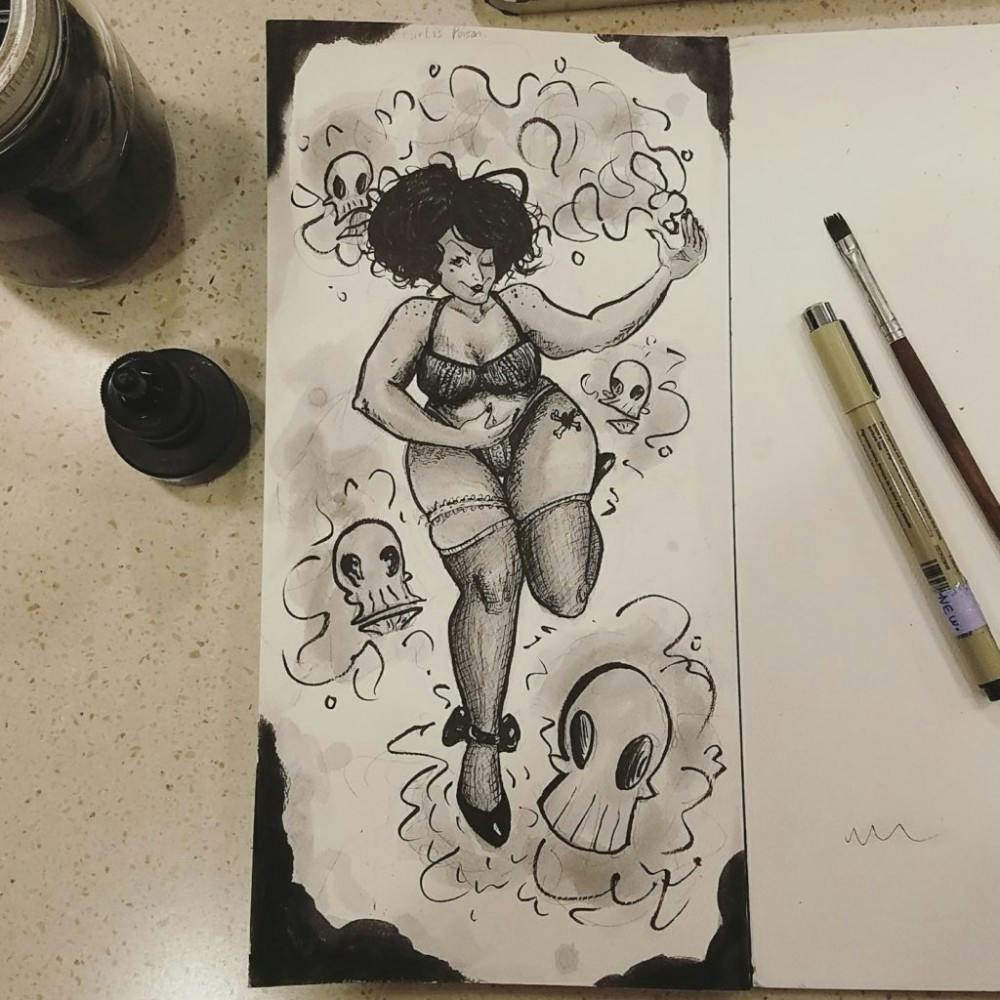
Image by Alexis Brooks
“What pushed me to actually try and do Inktober this was just wanting a change in my drawing habits.” said animation student Alexis Brooks, and this has been echoed by many other artists online. Along with the fact that sometimes it’s hard to keep up with. Drawing every day isn’t as easy as it might look.
“With Inktober, you have to draw every day, and as an animation student, drawing everyday can be a tough. For a while, I kind of fell out of the habit of drawing every day because I have been so busy with school and animation classes.” said Brooks, “I just saw this as an opportunity to grow as an artist, and I am try to take the bull by its horns.”
The focus of Inktober is improvement through practice. Sometimes improvement or change in style is visible over the thirty-one Inktober, whereas some artists compare their art from one year to the next.
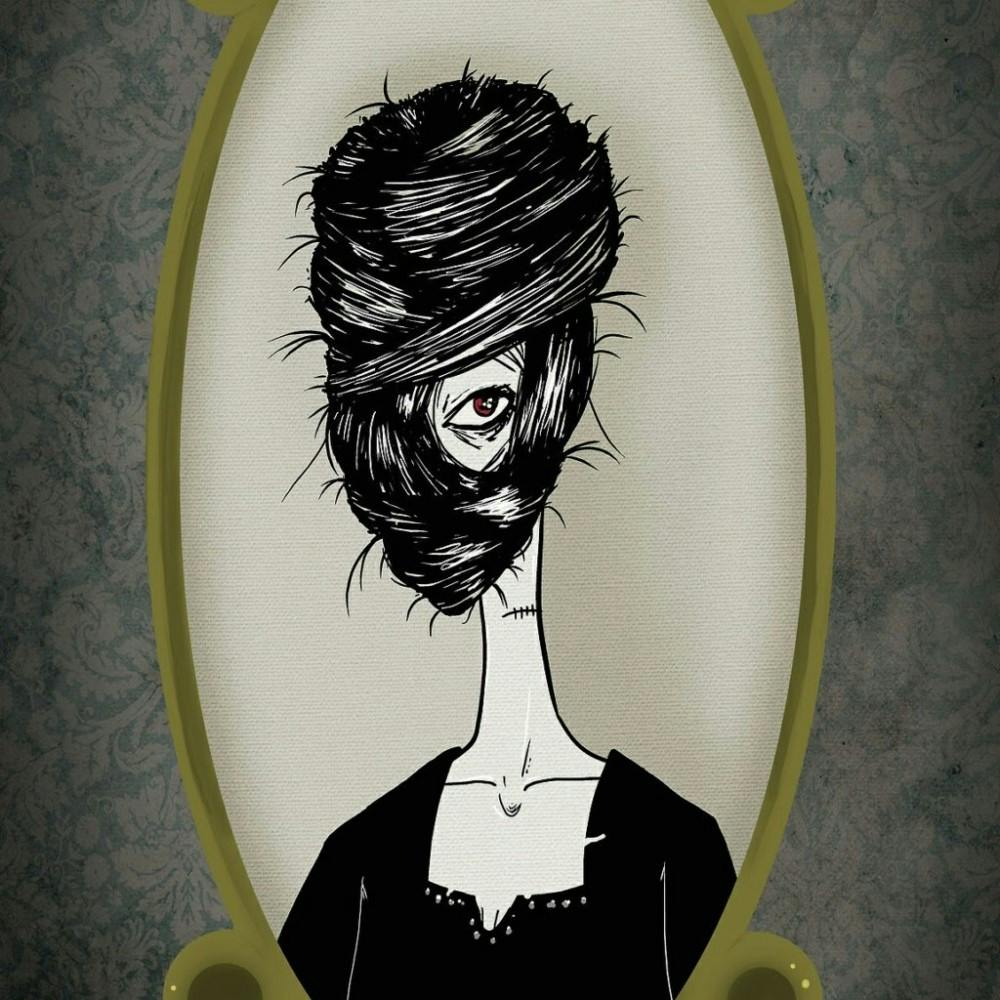
Image by Alexis Brooks
“I don’t think I have been doing enough drawing for Inktober to see a huge improvement.” said Brooks, “However, I do feel a sense of peace when I actually sit down and do a drawing. I get excited, and I am reminded of why I am an in to art in the first place. I see it as a romance almost.”
Inktober is often the chance for artists to not only force themselves to improve, but also to explore new mediums and prompts. Any artist can tell you, one of the hardest things about art can be not the drawing, but deciding what to draw, exactly. This is what brings us to the origin of Inktober: Jake Parker and his yearly prompt.
Utah-based illustrator started Inktober back in 2009 to achieve the same goal Brooks is here and now in 2017—to create positive drawing habits and improve. Since then, the movement has expanded to include thousands. Each year, Parker posts the official prompt list, which consists of a single word for each day of the month of October for artists to find inspiration in.
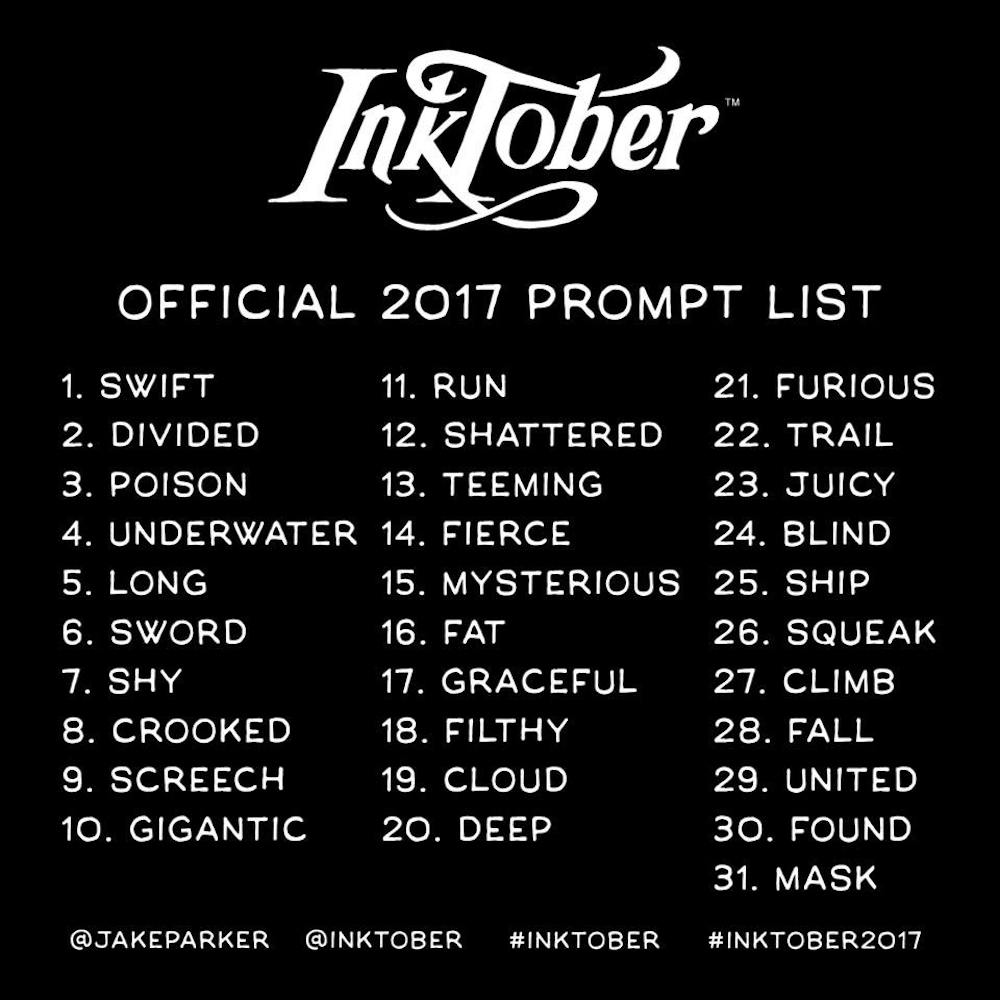
Image from Jake Parker
“I feel like I am also exercising my brain, focusing it to pull ideas from something as simple as a single word prompt.” said Brooks when prompted about the prompt.
While Brooks thinks that having restrictions can sometimes induce creativity, others encourage letting the ink flow wherever it may go.
“For the prompt, I follow it sometimes, but I like to branch out., “ said Ball State alumni Will Long. “For people trying it out, I'd say make it simple and fun, sketch it out first if you need to and maybe add color.“
Long, like Parker, was inspired to try out Inktober to improve his drawing and one other particular skill—inking. This is where the now viral hastag Inktober is derived from. Inking requires ink, obviously, but some artists are mostly if not entirely digital while still participating in the challenge. Are they truly doing Inktober, if there’s no ink involved?
Brooks said, “For the first half of October, I did not count digital art. It’s called Inktober for a reason; that means you pick up the ink, and throw some down on paper. But then I realized that I don’t have time to draw, and that I am in the animation studio more than I am in my personal space. So I try to do both now.”
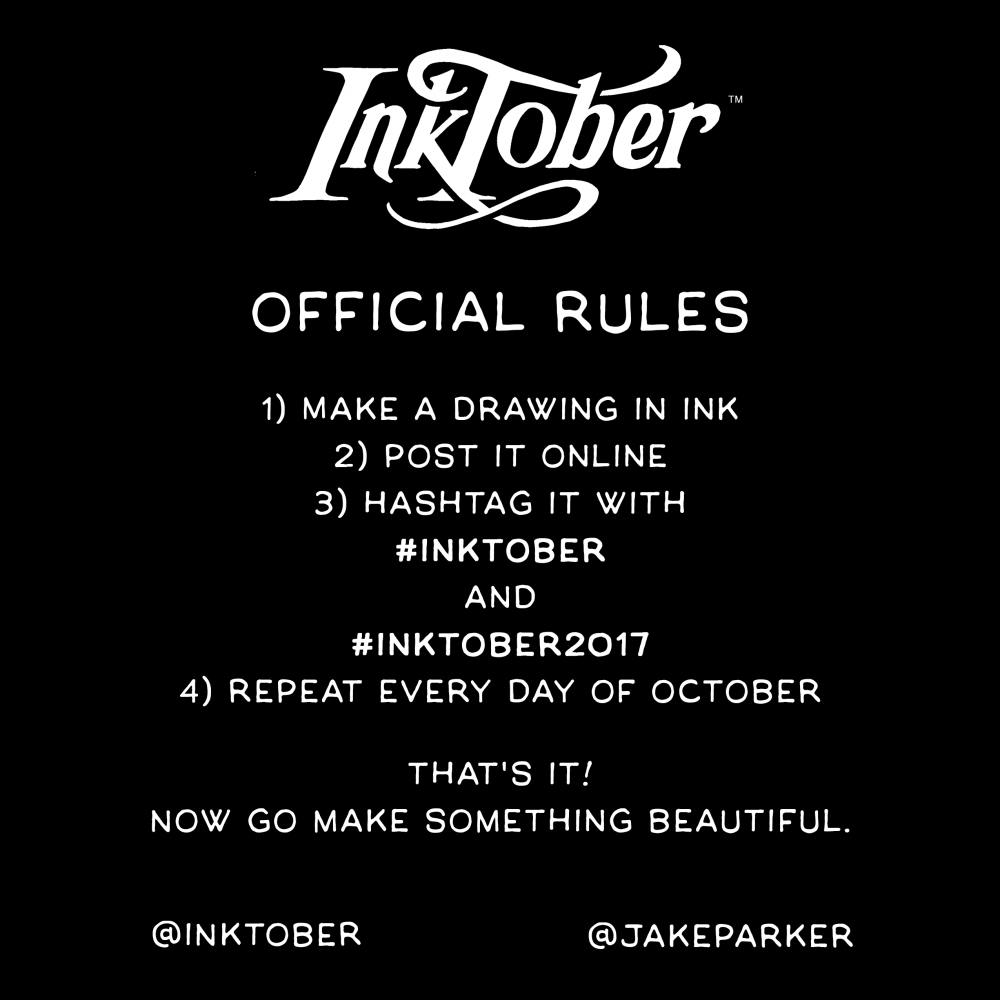
Image from Jake Parker
There is some controversy online about this, pointing to the fact that the rules clearly state ink is required. This tension over the legitimacy of digital participation recently came to a head when Jake Parker made an official statement in response to a question on Twitter as to whether digital art “counted” as participation.
In his tweet, Parker reiterated the spirit of Inktober: self-improvement. He then says that digitally, the availability of the control-Z (undo) feature can create bad drawing habits, while working with a physical medium like ink forces artists to commit to their lines.
There’s a very mixed response in the thread below this tweet, many pointing out that traditional art is sometimes inaccessible to people with disabilities or that self-improvement is not restricted to one medium. Many take issue with Parker’s statement that they’re “missing out on the FULL experience of Inktober” while he simultaneously promotes drawing apps on his site.
“For the "right" way and people trying to improve, I'd say there really is no right way to improve your art and that digital work is great too,” said Long, “I was actually planning on doing a digital piece for my own "Digital December" in order to motivate me to do more digital work too but the bottom line would be to keep making stuff every day.”
Inktober has spilled all over the Internet, and become something bigger than even it’s creator. But the core message of improvement still stands.
Inspired? Interested in participating next year? Here’s advice from two Inktober veterans.
“For people trying it out, I'd say make it simple and fun, sketch it out first if you need to and maybe add color.” said Long.
“Plan out time to actually sit down and draw, then actually commit to that plan. Honestly, I think this is the major downfall for a lot Inktober doers. Plan!” said Brooks.
Sources: Jake Parker, Twitter
Images: Twitter, Alexis Brooks, Will Long
For more entertainment related content, visit us at Byte Bsu!


